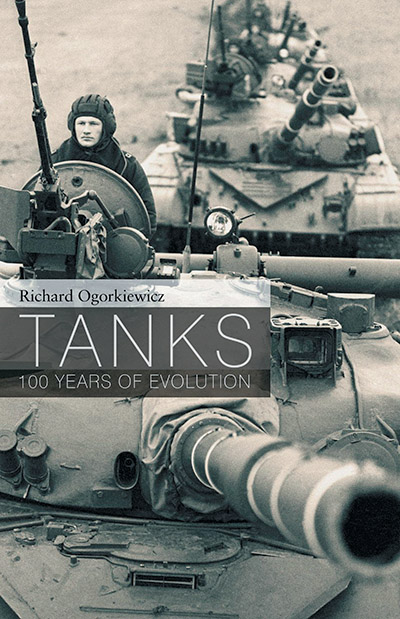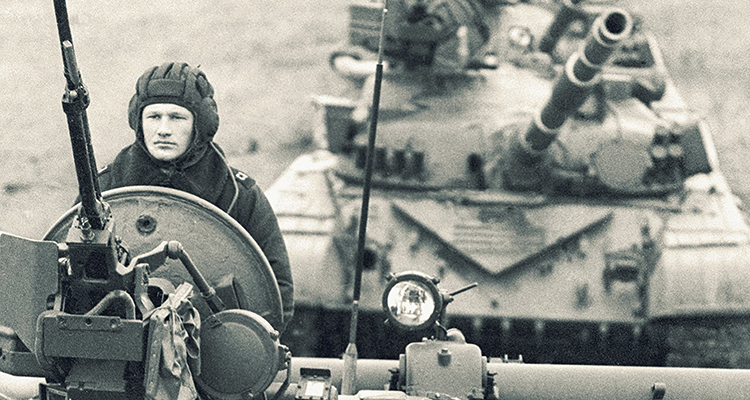 Fighting the Great War at Sea
Fighting the Great War at Sea
Strategy, Tactics and Technology
by Norman Friedman
Naval Institute, $85
Though a noted naval historian, Friedman paints an exceptionally comprehensive picture of the geopolitical, social, military, political, and financial considerations—mostly in Britain and somewhat in Germany—that led to the First World War. He also examines in depth how the many new and innovative tools of battle—dreadnoughts, mines, torpedoes, wireless radio, submarines, aircraft, and carriers—radically changed the nature and conduct of maritime warfare. He concludes with the lessons learned from the successes and defeats at sea of the Great War. Despite the book’s broad-ranging subject matter, Friedman weaves a compelling text that is at times theoretical and at times deeply experiential. The only weakness in this large-format presentation is the images—generally of specific ships, often taken from a distance or from an angle that obscures their details.
The Iran-Iraq War
A Military and Strategic History
by Williamson Murray and Kevin M. Woods
Cambridge, $85
The combined expertise of military scholar Murray and defense researcher and historian Woods makes this the most authoritative military and strategic analysis of the long Iran-Iraq War (1980–1988) ever undertaken. Relying on Iraqi government records captured in Operation Freedom, Murray and Woods offer a new understanding of the inner workings, and often incompetence, of the Saddam regime and how it led to and affected the conduct of the war. They also consider how Iran under the Grand Ayatollah Khomeini, though militarily outgunned, sometimes outmaneuvered the Iraqis, relying on guile and religious zealotry as much as weaponry. While Saddam and his Ba’athist cohorts hoped to dominate the Arab world through power, Iran was determined to unite the region through Islam.
Tanks
100 Years of Evolution
by Richard Ogorkiewicz
Osprey, $30
From the World War I origins of the tank to the current rush for tanks by Asia’s powerhouse nations, Ogorkiewicz, an expert on armored vehicles, traces the development of these groundbreaking weapons over time, wars, and theaters of war. Along with technological aspects and advances, he analyzes how tanks were used by various military strategists, from the German High Command to the Israelis to the United Arab Emirates. A photographic insert offers clear and relatively detailed images of some 30 of the more memorable iterations of the tank.
Secret Warriors
The Scientists, Spies, and Code Breakers of World War I
by Taylor Downing
Pegasus Books, $27.95
The technological, scientific, and psychological advances that upended the Edwardian world and propelled Britain in the new century also framed the Great War. This book considers the innovators in these fields who added to the British war effort. Geoffrey de Havilland’s rise from the son of a clergyman to aviation guru is covered, as are the stories of spymaster William “Blinker” Hall, and Craiglockhart Hospital’s legendary psychologist William Rivers, among others. These stories are told quickly and woven into the broader themes of aviation or espionage or psychology, but a full picture emerges of a society where war led—by necessity—to innovation.


.jpg)



